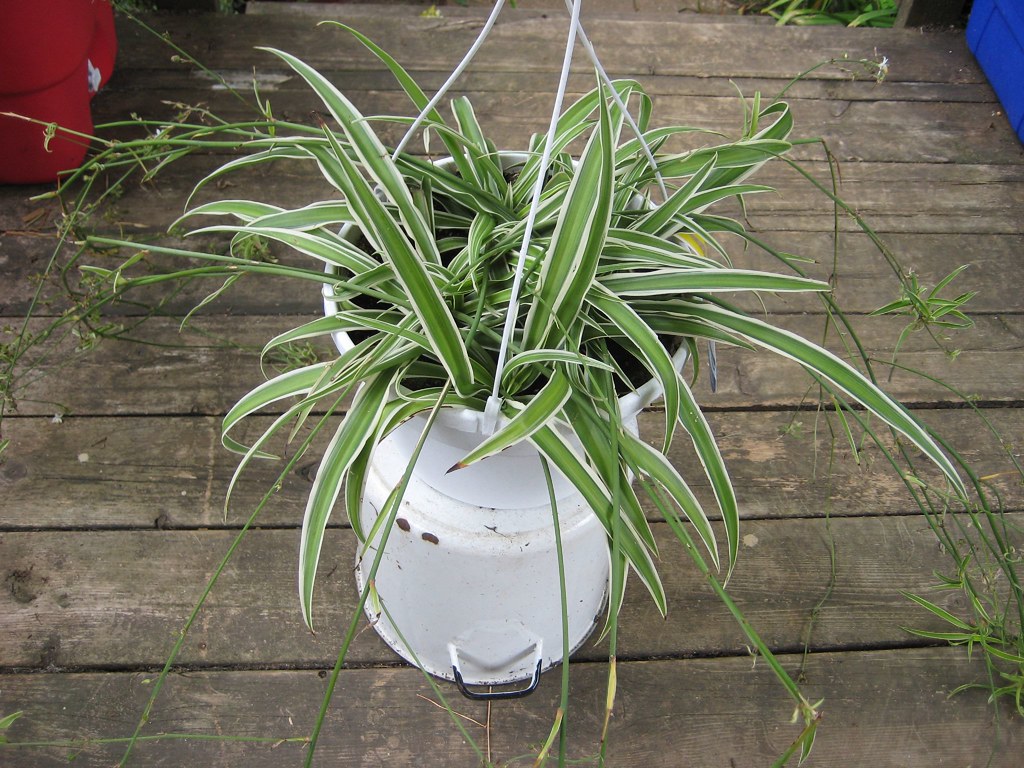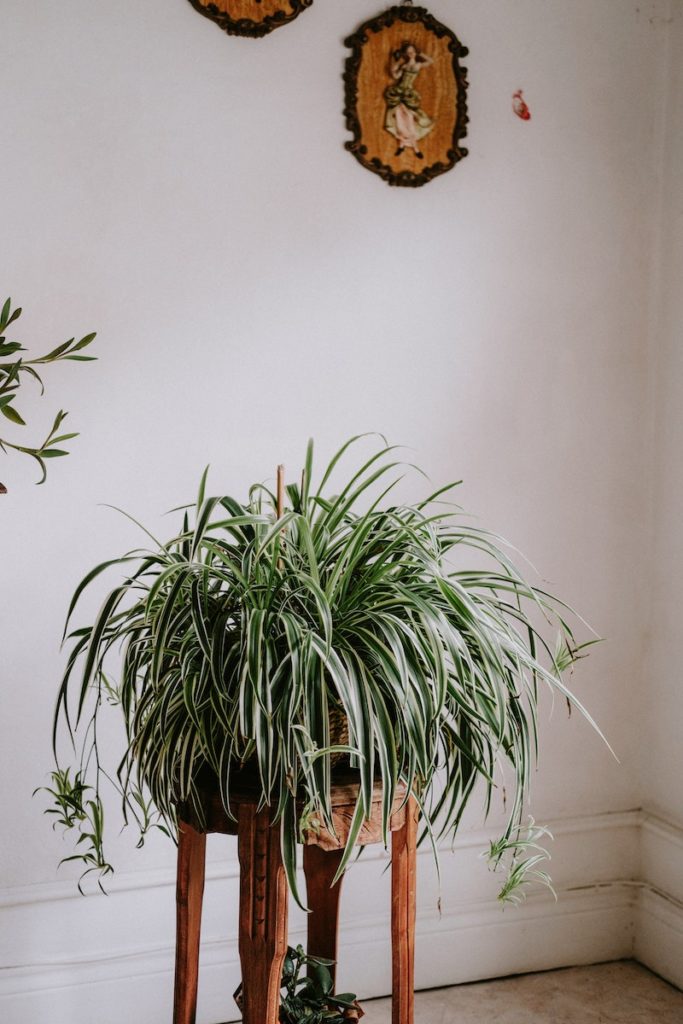
Spider plants are one of the most popular houseplants for beginners due to their ease of care and ability to thrive in a variety of environments. These plants are known for their long, slender leaves that resemble spider legs, hence their name. They are native to tropical and southern Africa and have been a popular houseplant since the Victorian era.
Spider plants are not only easy to care for, but they also have numerous benefits for the home. They are known for their air-purifying qualities, removing harmful toxins such as formaldehyde and benzene from the air. Additionally, they are non-toxic to pets, making them a safe choice for households with furry friends.
With their low maintenance and aesthetic appeal, spider plants are the perfect addition to any beginner’s home.
Key Takeaways
- Spider plants are easy to care for and perfect for beginners.
- They have air-purifying qualities and are non-toxic to pets.
- Soil conditions, moderate watering, and bright, indirect sunlight are essential for spider plant growth.
- Spider plants can be propagated easily and displayed creatively.
How to Care for Spider Plants
Proper care and maintenance are essential for the growth and well-being of spider plants. Spider plants require moderate watering, which means that they should not be overwatered or allowed to dry out completely. They thrive in bright, indirect sunlight and should be placed near a window but protected from direct light. Soil conditions are also critical for spider plant growth. It should be well-draining and have a pH between 6.0 and 6.5.
One of the benefits of spider plants is that they are easy to propagate. They produce plantlets or offshoots that can be separated from the parent plant and grown into new plants. This simple propagation method requires minimal effort, making it an excellent option for beginners.
Spider plants are also known for their ability to improve indoor air quality by removing harmful pollutants such as formaldehyde and benzene. With proper care and attention, spider plants can be a beautiful and beneficial addition to any household.
Creative Ways to Display Spider Plants
Many innovative methods exist to showcase the vibrant foliage of the spider plant, from hanging baskets to terrariums. One popular option is to create DIY macrame hangers that can be used to suspend the plant from the ceiling or a nearby wall. These hangers can be made using a variety of materials, including cotton rope or twine, and can be customized to match the decor of any room.

Hanging planters are another creative way to display spider plants, as they allow for the plant to be suspended at different heights and angles, creating an eye-catching display. Aside from the aesthetic benefits of displaying spider plants in creative ways, there are also practical advantages to using hanging planters or macrame hangers.
These methods can help free up valuable floor space in small apartments or homes while allowing the plant to receive optimal sunlight and air circulation. Additionally, spider plants grown in hanging planters or hangers can be easily moved around the room, making it easy to adjust the plant’s position as needed to ensure it continues to thrive.
Common Problems and Solutions
Identifying and resolving common issues that affect spider plants is crucial in maintaining their health and longevity.
Spider plants are hardy and resilient, but like any living organism, they can fall prey to a range of issues, from pests to environmental factors.
The most common pests that affect spider plants are spider mites and mealybugs. Spider mites are tiny insects that feed on the sap of the plant, causing leaves to turn yellow and dry out. Mealybugs are small, white, fluffy insects that suck the sap from the plant, causing stunted growth and yellowing leaves.
To control pests, inspecting the plant and removing any affected leaves regularly is important. Using neem oil or insecticidal soap can also help control infestations.
Propagation is an excellent way to maintain the health and longevity of spider plants. Spider plants can be propagated by division or by rooting the plantlets that grow from the mother plant.
Division involves separating the plant into smaller sections, each with its own root system. Rooting the plantlets involves cutting them from the mother plant and placing them in soil or water until they develop roots.
Propagation not only helps maintain the plant’s health but also allows for the creation of new plants, making it a cost-effective way to expand your collection of spider plants.
Overall, with proper care and attention, spider plants are a low-maintenance and rewarding houseplant for beginners.
Closing Thoughts On Spider Plants
Spider plants are a great option for those new to the houseplants world. Its easygoing nature makes it a low-maintenance choice, requiring minimal care and attention. With its air-purifying qualities, the spider plant is also a great addition to any home, promoting a healthier environment.
Moreover, the spider plant’s versatility allows it to be displayed creatively, adding a touch of green to any room. However, it is important to be aware of common problems, such as overwatering and pests, and to address them promptly.
Overall, the spider plant is perfect for those looking to add some greenery to their home without too much hassle.
